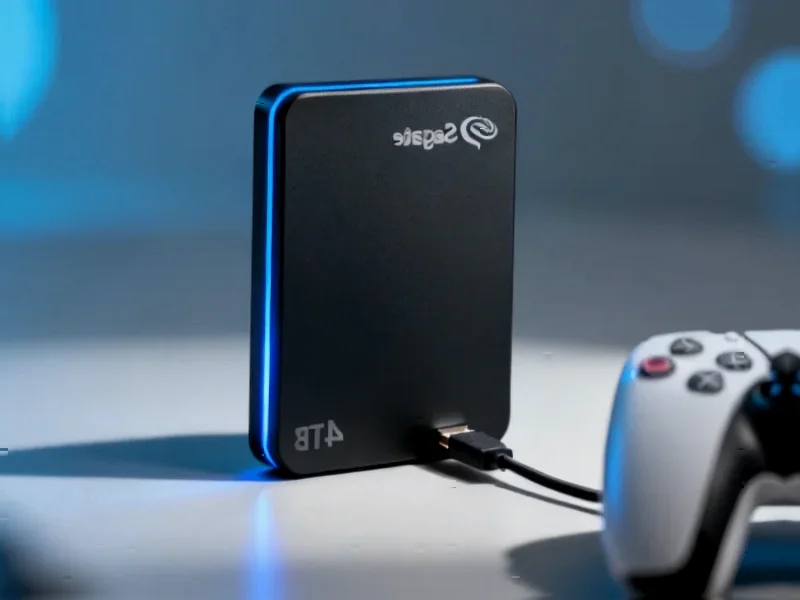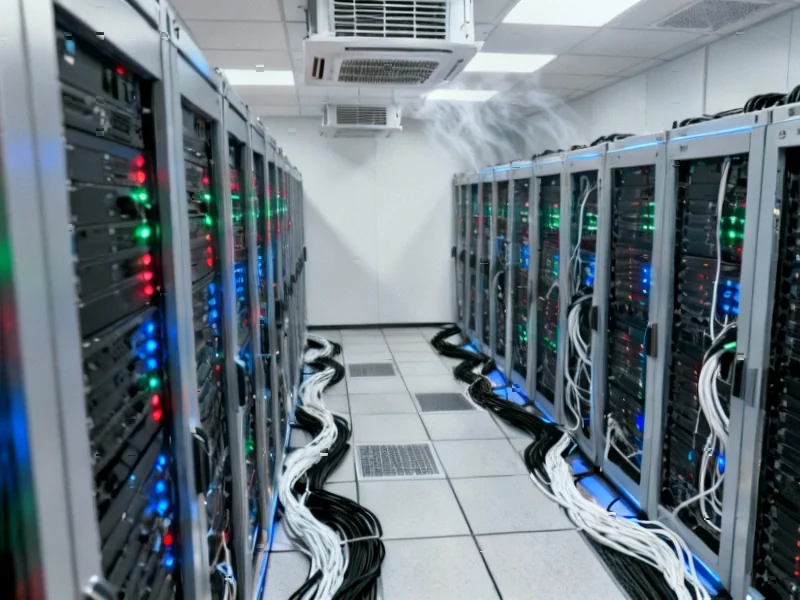According to CNBC, Nintendo has raised its sales forecast for the Switch 2 console from 15 million to 19 million units for the fiscal year ending March 2026. The Japanese gaming giant reported this upward revision following strong momentum for its new flagship console, which launched in June 2025. The company’s fiscal second quarter ended September 30 showed performance exceeding market expectations, with the console gaining traction in global markets. This significant 27% increase in sales projections indicates stronger-than-anticipated consumer demand for Nintendo’s latest gaming platform.
Strategic Market Positioning
Nintendo’s revised forecast represents more than just strong sales—it signals the company’s successful navigation of the challenging console transition period. While competitors like Sony’s PlayStation and Microsoft’s Xbox have struggled with hardware transitions in recent cycles, Nintendo appears to be executing a nearly flawless handoff from the original Switch. The 19 million unit target puts Nintendo on track to potentially match or exceed the original Switch’s impressive launch trajectory, which saw the hybrid console sell over 14 million units in its first fiscal year. This performance is particularly noteworthy given the broader gaming industry’s current challenges, including market saturation and economic pressures affecting consumer discretionary spending.
Developer Ecosystem Implications
The accelerated adoption rate creates immediate opportunities and challenges for game developers and publishers. With nearly 4 million additional consoles expected in the market compared to initial projections, developers who bet early on Switch 2 development now find themselves with a larger potential audience. However, this rapid scaling also pressures studios to accelerate their development timelines and potentially reallocate resources from other platforms. Third-party publishers who may have been cautious about Switch 2 support now face increased urgency to commit to the platform, creating potential talent and resource bottlenecks across the industry. The installed base growth could also influence exclusive content negotiations, giving Nintendo stronger leverage in securing platform-defining titles.
Competitive Landscape Reshuffle
Nintendo’s upward revision creates ripple effects across the gaming hardware ecosystem. Sony and Microsoft now face increased pressure to accelerate their own next-generation console roadmaps or intensify their software and service strategies. The Switch 2’s hybrid design continues to occupy a unique market position that neither traditional home consoles nor mobile gaming can fully address. This success may force competitors to reconsider their hardware strategies, particularly around portability and flexibility. Meanwhile, in the mobile gaming space, the Switch 2’s performance demonstrates that dedicated gaming devices remain relevant despite the dominance of smartphones, potentially influencing how companies like Apple and Google approach gaming on their platforms.
Supply Chain and Manufacturing Pressures
Meeting the revised 19 million unit target will test Nintendo’s supply chain and manufacturing capabilities. The company learned valuable lessons from the original Switch’s supply constraints and the global chip shortages that affected the entire electronics industry. However, scaling production by approximately 27% above initial plans requires rapid coordination across component suppliers, assembly partners, and logistics networks. This increased demand could strain availability of key components like advanced displays and custom chips, potentially affecting pricing and availability across the broader electronics ecosystem. Nintendo’s ability to smoothly meet this elevated demand will be closely watched as an indicator of post-pandemic supply chain resilience in the consumer electronics sector.
Long-Term Strategic Implications
This sales momentum positions Nintendo for one of its strongest product cycles in company history. The revised forecast suggests the Switch 2 could achieve the elusive “must-have” status that drives platform success beyond core gaming audiences. For Nintendo’s first-party studios, this installed base growth validates their development investments and creates a larger canvas for ambitious projects. The company’s broader entertainment strategy, including its successful foray into film with The Super Mario Bros. Movie, gains additional leverage with a rapidly expanding hardware footprint. However, the heightened expectations also create pressure for Nintendo to maintain this momentum through consistent software releases and innovative features that justify the platform’s long-term value proposition to consumers.




